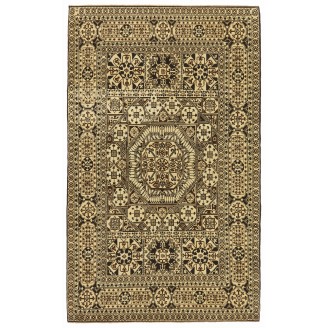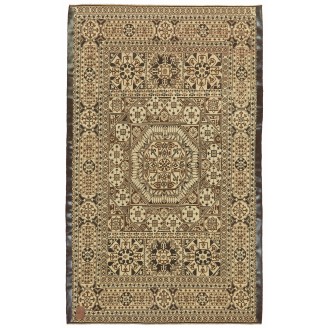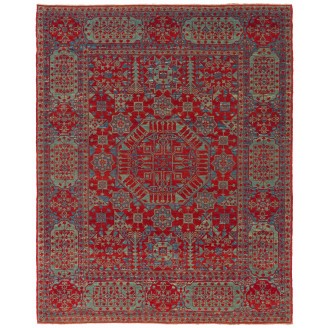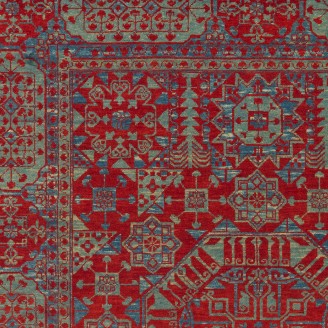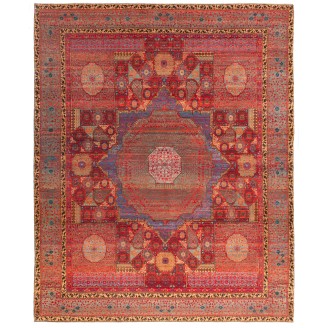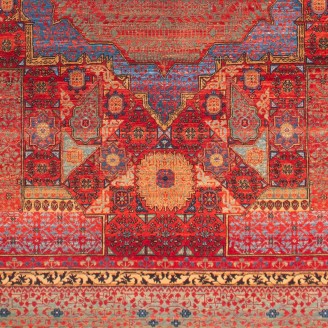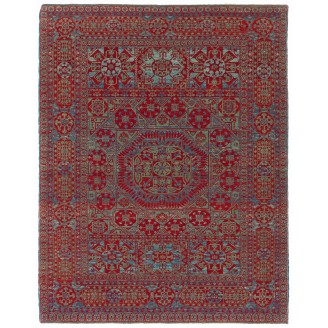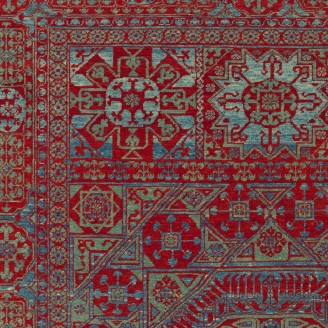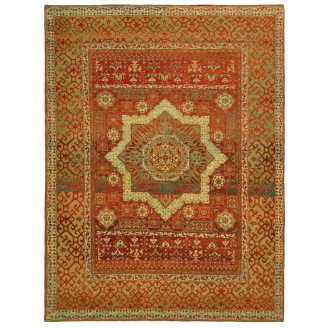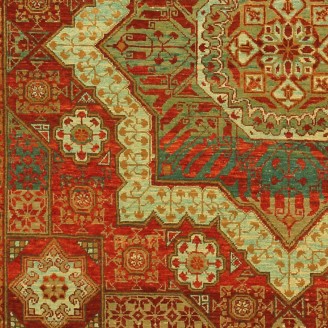Mamluk Rug with Central Star
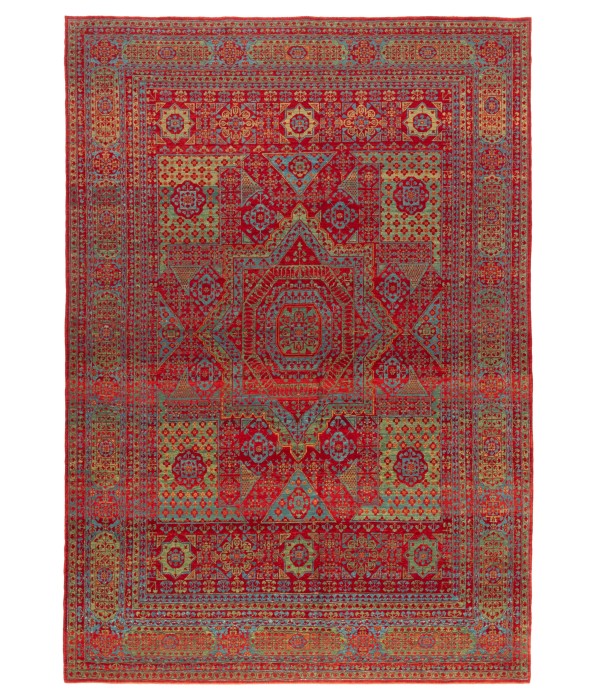
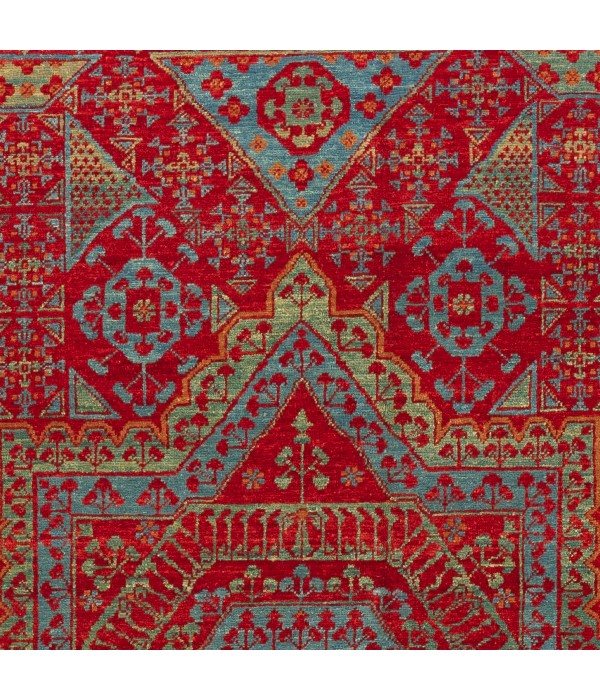
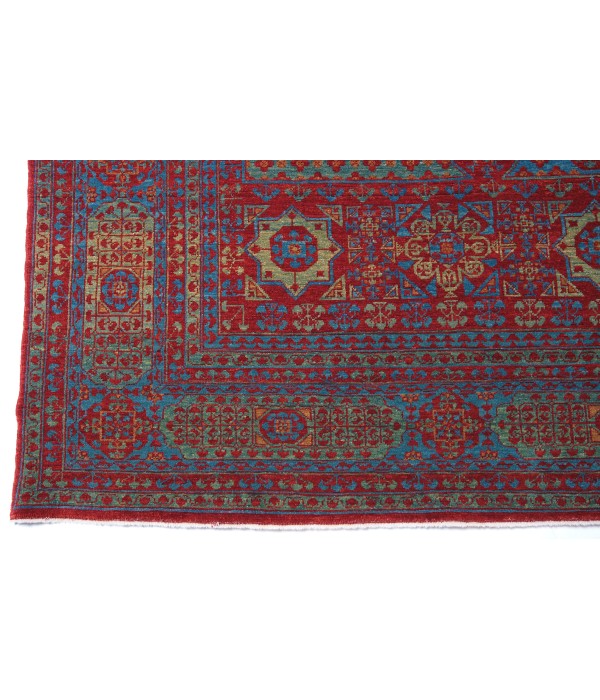
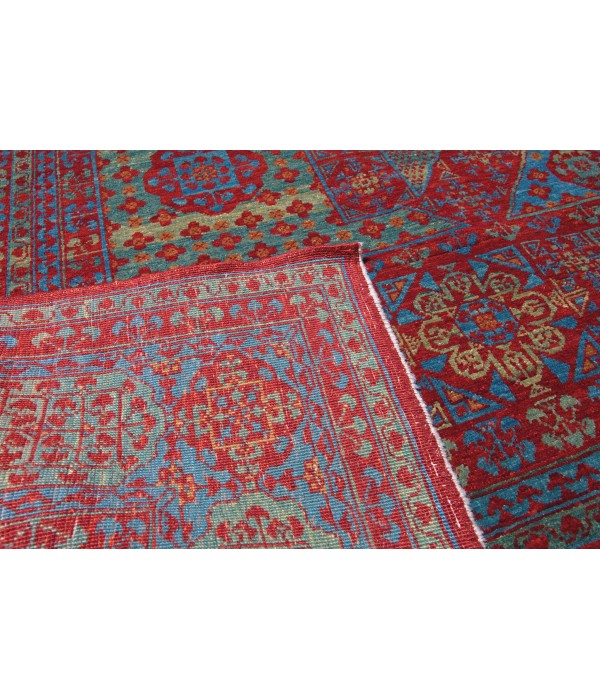
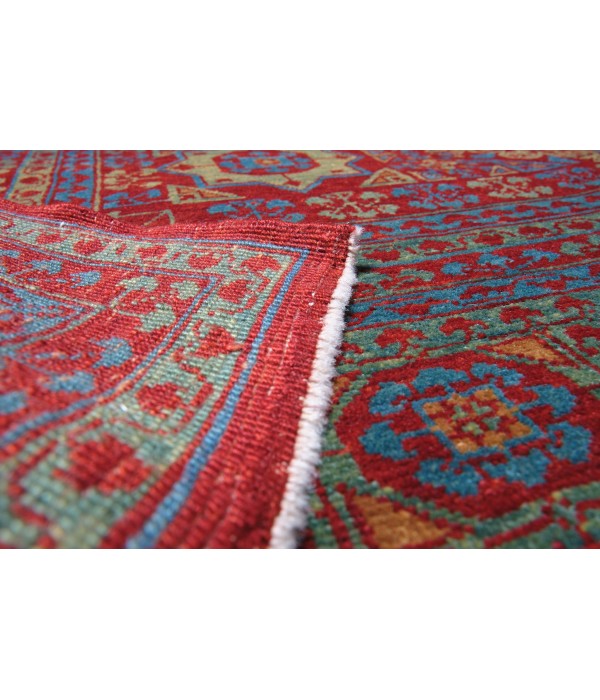
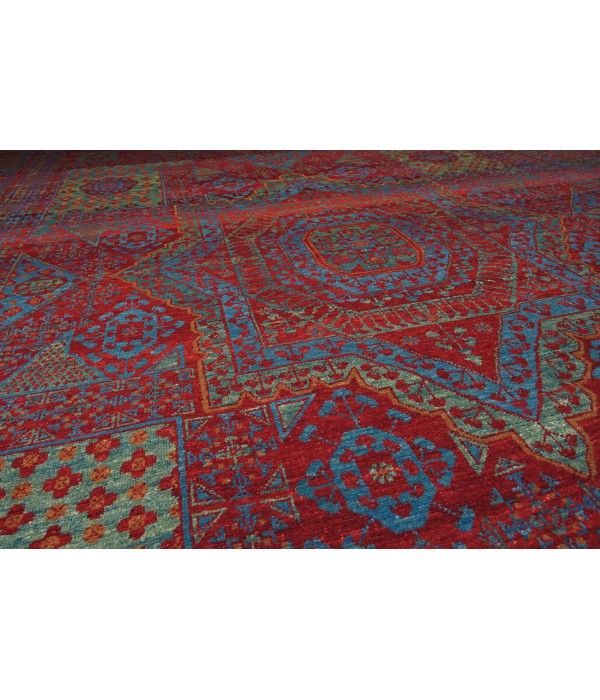
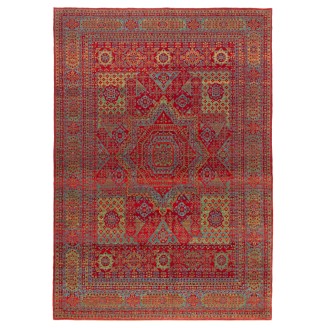
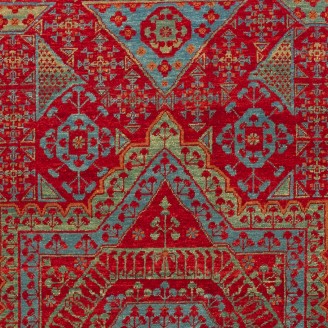
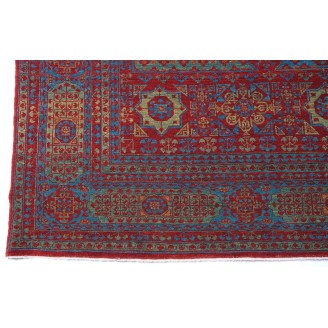
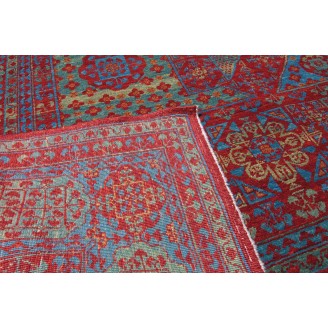
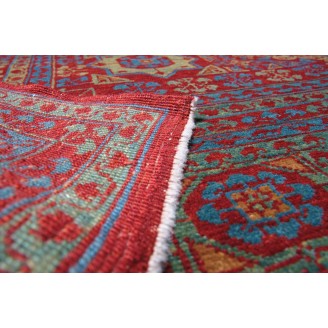
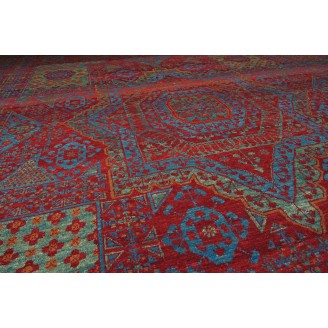
Model: ART00028Mamluk Rug with Central Star
Group: Islamic Rugs Family
Area: Mamlouk
Material of Pile: Natural Dyed Hand-spun Wool
Material Warp / Weft: Wool on Wool
Structure: Symmetrical knot on depressed warp inclining to the right
Knots Density: 39x39
Pile (mm): 2
Production Place: Southeastern Anatolia - Harran
Pattern Code: 7996
Location: Tokyo
Stock: In Stock
Dimensions:
The source of the rug comes from the Textile Museum, Washington D.C. inv. R 16.2.4. This rug with the central star was designed in the early 16th-century rug by Mamluk Sultane of Cairo, Egypt. Acquired by Mr.Myers at the 1926 Benguiat Sale("a Damascus Gothic Carpet") and exhibited at the 1947 Chicago Exhibition, this carpet breaks with the usual standard format. Not long enough for a 3 medallion carpet, the field has been elongated between the Elem and the central medallion.Attempting to read early carpets produced in workshops in Cairo provides an entirely different set of challenges. Cairene carpets, distinguished by their limited color palette, symmetrical knotting, and unusual construction of S-spun wool (Z-spun wool being the norm almost everywhere in the Islamic world), underwent a sudden change in design sometime after the Ottoman Turks conquered the Mamluk empire in 1517. The Simonetti Carpet was probably woven after the conquest but exhibits the “old” fifteenth-century style of the Mamluks. Long and narrow, it was woven on a standard-sized Egyptian roller-beam loom, capable of producing carpets of varying lengths. It consists of five major focal areas of design in an A-B-C-B-A pattern, meaning the first and fifth and the second and fourth areas are paired, while the middle is unique. We can easily term these five focal areas medallions, but they are geometric in both layout and detail, and their style (as opposed to the actual date of the weaving) predates the carpet design revolution that gave rise to the medallion format. We can surmise that the designs and colors of Mamluk carpets, with their unusual combination of insect-derived red, blue, green, and sometimes yellow, with virtually no undyed white at all, constitute an effort to create a recognizable brand in the early modern market, especially in Europe, where Mamluk carpets such as this, with their subtle coloration, incredibly detailed design, and mosaic-like layout of small and intricately patterned geometric motifs, constituted an appealing alternative to the more coarsely woven and brightly colored carpets from Anatolia, such as Ushak medallion carpets. While the weaving of carpets in the traditional geometric Mamluk designs apparently continued well into the seventeenth century, sometime around the mid-sixteenth century, Cairene weavers began to create an entirely new kind of carpet, using their traditional Mamluk materials, technique, and coloration but reflecting the latest styles then being created at the court of the Ottoman sultans in Istanbul. The design of the rug is interpreted by our designers, and soft colors are used for this rug.
Color summary: 4 colors in total;
Color summary: 4 colors in total;
- Imperial Red 415 (Madder Root)
- Emerald Green 407 (Chamomile - Indigo)
- Cadet Blue 26 (Indigo - Spurge)
- Sunray Color 405 (Henna)
Dimensions:
6 ft 7 in x 9 ft 3 in ( 202cm x 284cm )
Price:
$16,300
Ex Tax: $16,300
Ask a Question About This Product
Tags:
Mamluk

